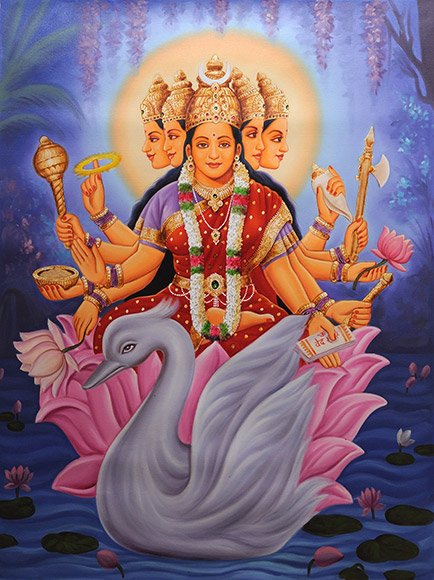Samdohaka, Saṃdohaka, Sandohaka: 3 definitions
Introduction:
Samdohaka means something in Hinduism, Sanskrit. If you want to know the exact meaning, history, etymology or English translation of this term then check out the descriptions on this page. Add your comment or reference to a book if you want to contribute to this summary article.
In Hinduism
Chandas (prosody, study of Sanskrit metres)
Source: Journal of the University of Bombay Volume V: Apabhramsa metres (2)Saṃdohaka (संदोहक) or Udgāthaka is a derivative of Dohā, both metres discussed in books such as the Chandonuśāsana, Kavidarpaṇa, Vṛttajātisamuccaya and Svayambhūchandas.—The Kavidarpaṇa (being intended to be a practical guide to the poet), mentions only 9 Antarasama-catuṣpadis [viz., Dohaka].—At AM. para 23, we have noticed the Dohā and four of its derivatives namely the Cūlikā, the Upacūlikā, the Udgāthaka or Saṃdohaka, and the Soraṭṭha.

Chandas (छन्दस्) refers to Sanskrit prosody and represents one of the six Vedangas (auxiliary disciplines belonging to the study of the Vedas). The science of prosody (chandas-shastra) focusses on the study of the poetic meters such as the commonly known twenty-six metres mentioned by Pingalas.
Shaktism (Shakta philosophy)
Source: Google Books: ManthanabhairavatantramSaṃdohaka (संदोहक) (Cf. Saṃdoha) refers to “that which has been milked”.—The terms saṃdoha and upasaṃdoha are of uncertain derivation. They are also terms in common usage in the Buddhist Tantras in this or a similar form (such as chandoha). See Hevajratantra verse 1.7.10-18. Jayaratha derives the term from the root saṃduh, meaning to milk, suck, or ooze (milk). Thus he says that: a saṃdohaka (is what has been milked) because it consists mainly of the exuded secretion of the secondary seats.

Shakta (शाक्त, śākta) or Shaktism (śāktism) represents a tradition of Hinduism where the Goddess (Devi) is revered and worshipped. Shakta literature includes a range of scriptures, including various Agamas and Tantras, although its roots may be traced back to the Vedas.
Languages of India and abroad
Kannada-English dictionary
Source: Alar: Kannada-English corpusSaṃdōhaka (ಸಂದೋಹಕ):—[noun] = ಸಂದೋಹ - [samdoha -] 3.
Kannada is a Dravidian language (as opposed to the Indo-European language family) mainly spoken in the southwestern region of India.
See also (Relevant definitions)
Full-text: Udgathaka, Phulla, Upaculika, Tarala, Culika, Sorattha, Doha, Dohaka, Chandoha, Upasamdoha, Samdoha.
Relevant text
No search results for Samdohaka, Saṃdohaka, Sandohaka, Saṃdōhaka, Sandōhaka; (plurals include: Samdohakas, Saṃdohakas, Sandohakas, Saṃdōhakas, Sandōhakas) in any book or story.